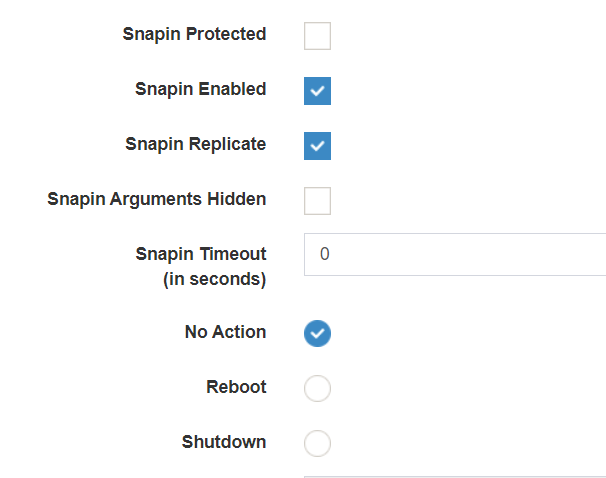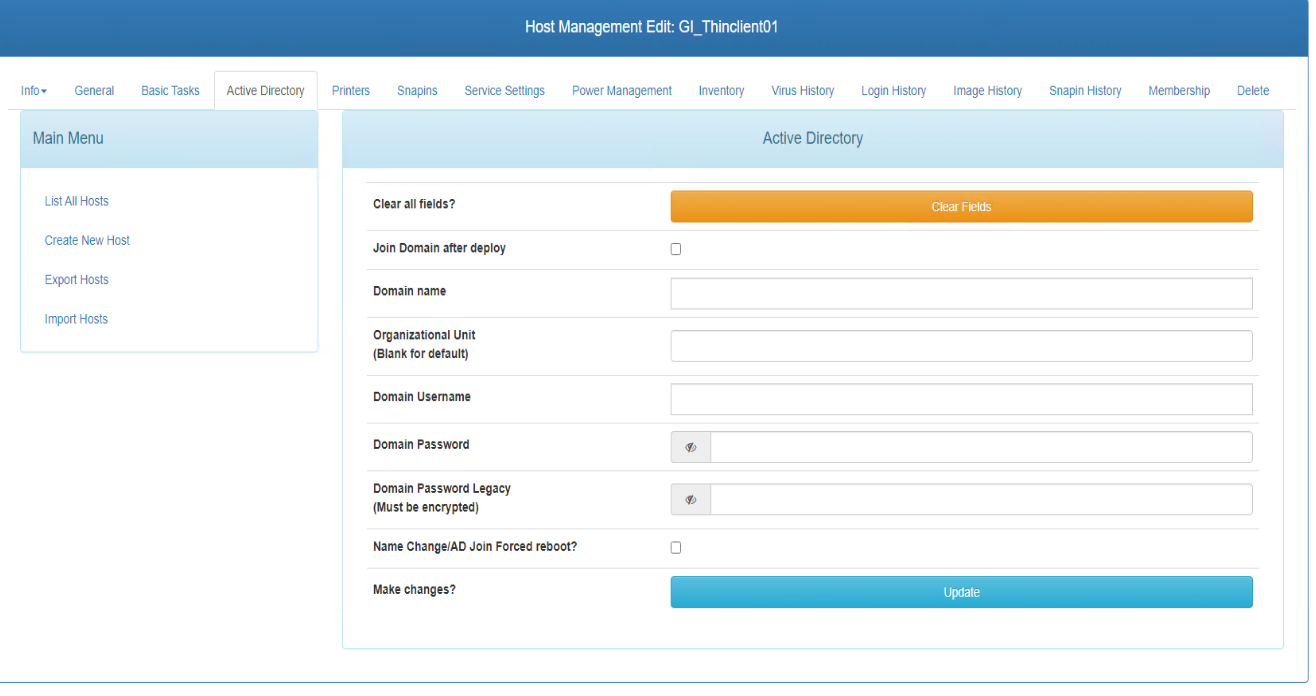@Tom-Elliott @Fog_Newb
I tried this symlink method on my test server and didn’t have success sadly. Seems nfs doesn’t follow symlinks.
My theory on the put function was also wrong.
How big of an issue is this disk size inflation for you? Typically you’re only capturing 1 image at a time, so you need your /images disk to have
(enough space for all your images) + (the size of your biggest image) + (maybe 10% of that for flexibility)
So if your current images take up say 500 GB, and the biggest of them was 100GB (which would be a very big image)
Then provisioning 660 GB should be sufficient if you didn’t want to just double the provisioned space.
If you want to have space to capture them all at the same time, then 1.1 TB would do the trick.
If your images are just really really big, then consider using snapins or other software deployment methods to keep your images to just the base os and a limited number of default apps so that they stay on the smaller side. For examples, my Windows 11 images take up just under 20 GB on the server and around 30 GB on my hosts and then I add the rest per use case within my environment.
You can also play with the different compression levels of the image. I’ve found a zstd compression level of 11 to be a good balance of speed and size.
You could also throw caution to the wind and not care about the speed of deploy and capture and just put the compression to max if you’re more concerned about taking less server disk space.
The only thing I can think of to make this work natively would require database schema changes so you can define separate paths for /images and /images/dev and reworking the install script to make sure the /etc/exports is created correctly. Sadly I don’t think that amount of effort would benefit any other use case and this is an uncommon use case that’s not in our realm of support right now, especially since it’s mostly due to limitations in linux.
The is one other possibility, and that would be a postinit script, but those run before imaging starts not after like postdownload scripts. But there’s other security issues there with how you’d get the ro /images share to be mounted as rw when your task only has permissions to open /images/dev which does have rw. So you’d have to open an ssh or sftp session and send the command to move the folder from /images/dev to /images that way. But securely creating that connection at that point is a different beast. It’s odd that linux/php are having this limitation but that’s where we’re at.

